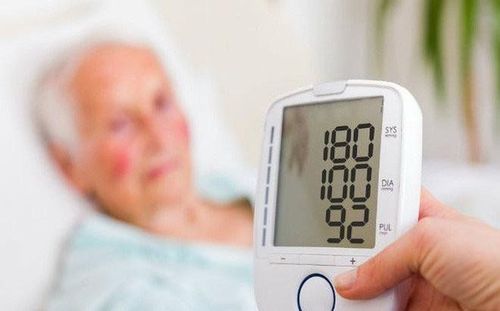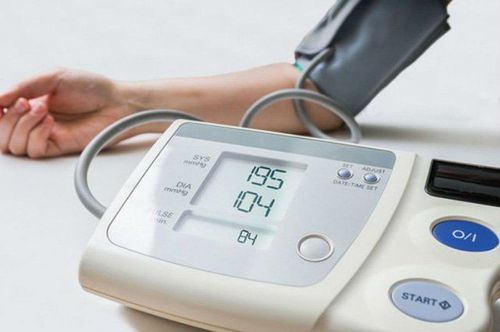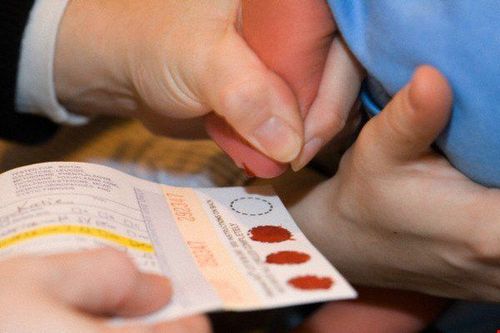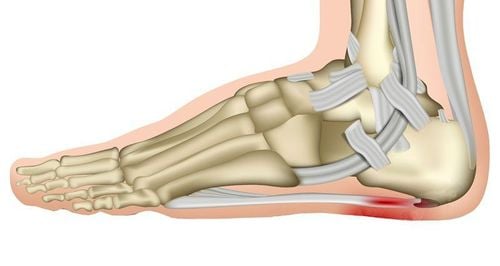Nội dung bạn đang tìm kiếm không có phiên bản tiếng Việt.
Vui lòng chọn tiếp tục để xem nội dung tiếng Anh hoặc đi đến trang chủ Tiếng Việt.
Rất xin lỗi về sự bất tiện này.

Home
Tag Myocardial perfusion scintigraphy
Articles in Myocardial perfusion scintigraphy
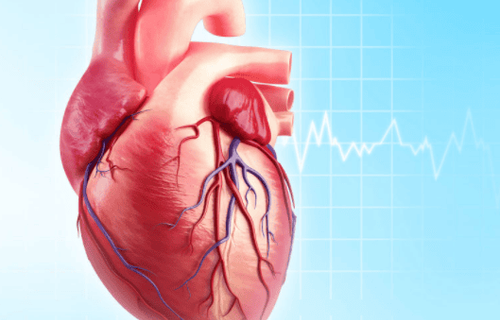
Things to note before and after myocardial perfusion scintigraphy
Scanning is a method used in conjunction with coronary angiography to determine the status of the blood supply to the heart and the activity of the heart muscle. Patients need to prepare well before and after the scan to get the most accurate test results.
Xem thêm
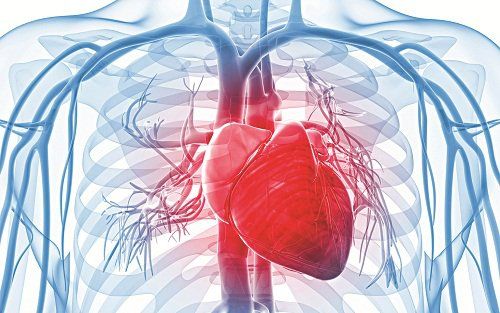
When is myocardial perfusion scintigraphy used?
Myocardial perfusion scintigraphy is one of the most sensitive and specific non-bleeding methods for the diagnosis of ischemic heart disease. Cardiac perfusion scintigraphy is a method aimed at assessing cardiac function.
Xem thêm

Chest pain causes and possible tests
Chest pain is a health phenomenon that occurs in many people, but few people pay attention to it when there are mild symptoms. However, if your chest pain is more severe and more frequent, you should see your doctor.
Xem thêm

3 common types of cardiovascular scans
With the fact that cardiovascular disease is increasingly common in modern times and the risk of death is high, nuclear medicine is holding a certain role in the diagnosis of cardiovascular diseases thanks to its advantages such as: non-invasiveness. damage, providing a wealth of morphological and functional information as well as anomaly detection with high sensitivity. Currently, there are three most common types of cardiovascular scans: myocardial perfusion scan, ventricular scintigraphy, and myocardial scar marking scan.
Xem thêm

Principles of myocardial perfusion scintigraphy
Myocardial perfusion scintigraphy is a subclinical technique to help evaluate cardiac perfusion function, aiming to find the cause of some cardiovascular diseases that appear with only chest pain. In addition to finding the cause to diagnose the disease, cardiac scintigraphy is also used as a means to evaluate patients after a myocardial infarction, from which there are further indications for the patient.
Xem thêm






